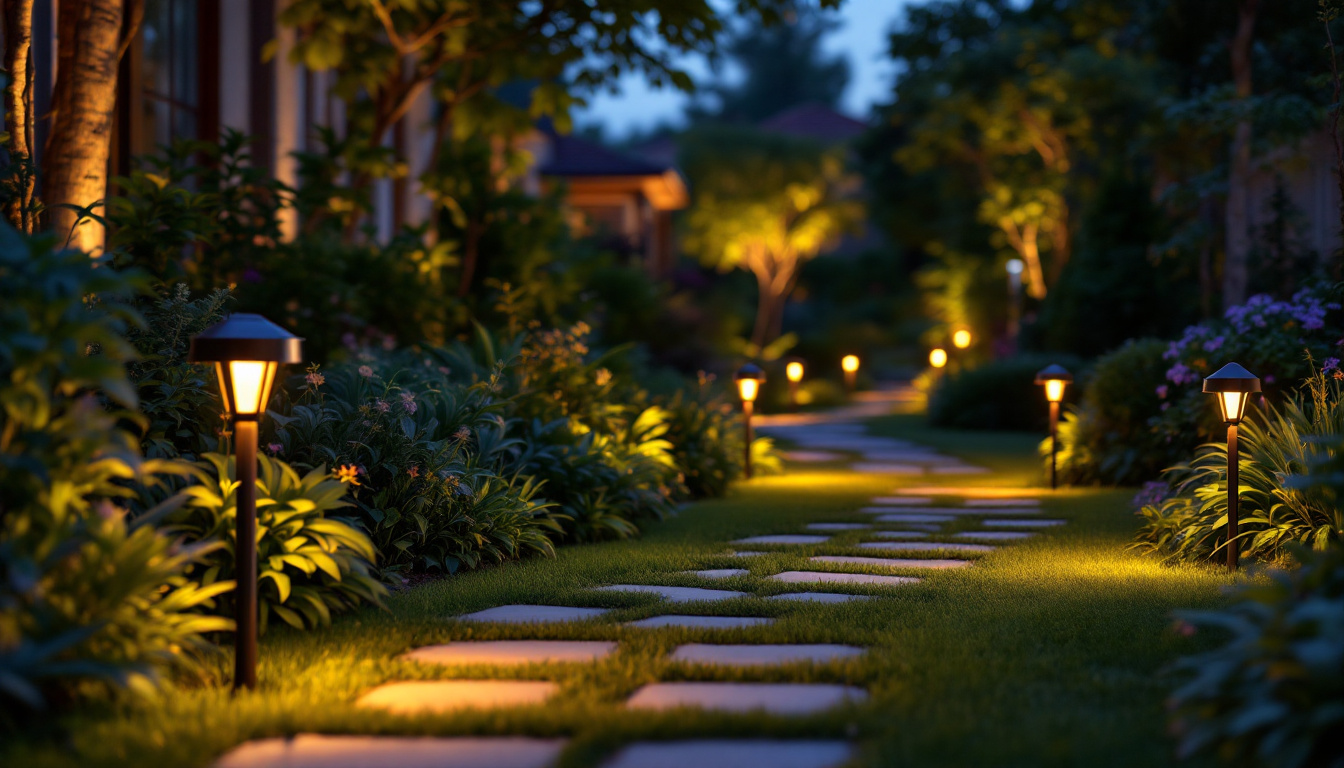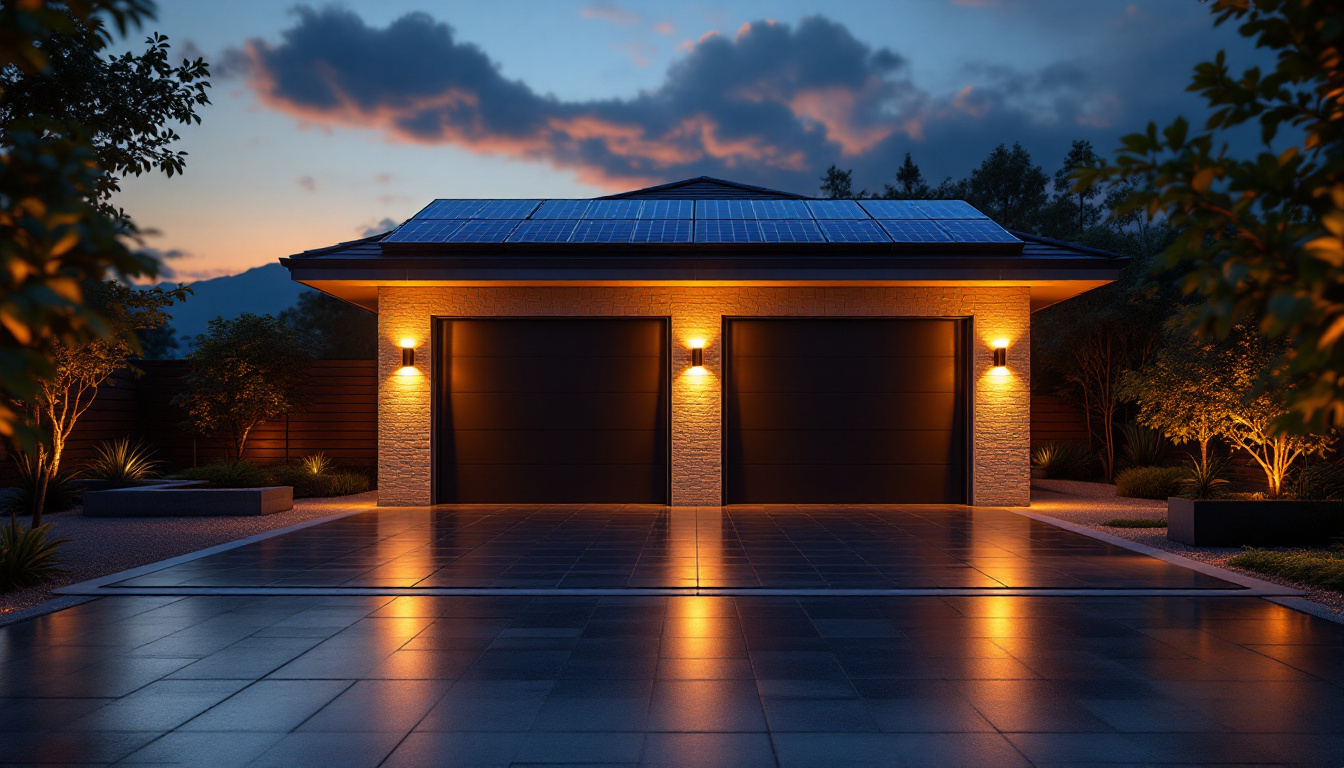
Under Counter LED light strips: How to Leverage for Better lighting solutions
In the realm of lighting solutions, under counter LED light strips have emerged as a versatile and efficient option. These lighting fixtures not only enhance the aesthetic appeal of spaces but also provide functional benefits that can significantly improve the overall user experience. For lighting contractors, understanding the nuances of under counter LED light strips can lead to better project outcomes and satisfied clients.
Under counter LED light strips are designed to be installed beneath cabinets or shelves, providing direct illumination to work surfaces. This type of lighting is particularly popular in kitchens, offices, and retail environments, where task lighting is essential. The adaptability of these light strips allows them to fit various design styles and functional needs.
One of the primary advantages of under counter LED light strips is their energy efficiency. Compared to traditional incandescent or fluorescent lighting, LEDs consume significantly less power while providing the same, if not better, brightness. This not only reduces electricity bills but also contributes to a more sustainable environment.
Additionally, LED light strips have a longer lifespan, which means less frequent replacements and lower maintenance costs. This longevity is particularly appealing for contractors looking to offer clients durable and reliable lighting solutions. Furthermore, many LED strips are designed with advanced thermal management systems that help dissipate heat, further extending their operational life and maintaining consistent performance over time.
Under counter LED light strips come in various lengths, colors, and brightness levels, making them suitable for a wide range of applications. They can be cut to fit specific spaces, allowing for customized installations that meet the unique needs of each project. This versatility extends to the choice of color temperature, with options ranging from warm white to cool daylight, enabling contractors to create the desired ambiance.
Moreover, the sleek design of these light strips allows them to blend seamlessly into any environment, enhancing the overall aesthetic without being obtrusive. This characteristic is particularly important in modern design, where minimalism and functionality go hand in hand. In addition to their aesthetic appeal, many LED light strips come with features such as dimmability and color-changing capabilities, allowing users to adjust the lighting to suit different activities or moods. These advanced features can transform a simple kitchen into a cozy dining area or a workspace into a vibrant creative zone, showcasing the adaptability of LED lighting solutions.
While under counter LED light strips offer numerous benefits, proper installation is crucial to maximize their effectiveness. Contractors must consider various factors to ensure a successful installation that meets client expectations.
One of the first considerations when installing under counter LED light strips is the power supply. Many strips operate on low voltage, requiring a transformer to convert standard voltage to the appropriate level. Contractors should ensure that the transformer is compatible with the specific LED strips being used and is installed in a location that allows for easy access for future maintenance. Additionally, it is advisable to check the total wattage of all LED strips being installed to ensure that the transformer can handle the load without overheating or failing prematurely.
Wiring is another critical aspect. It is essential to plan the layout of the wiring before installation to avoid visible cords and ensure a clean finish. Concealing wires not only enhances the aesthetic appeal but also reduces the risk of damage and wear over time. Using wire channels or raceways can provide a neat solution for hiding wires, while also making it easier to troubleshoot or replace them in the future. Furthermore, contractors should consider the use of dimmers or smart controls, which can add versatility to the lighting setup and allow clients to adjust the ambiance according to their needs.
The placement of under counter LED light strips plays a significant role in achieving optimal lighting. Contractors should consider the height of the cabinets and the work surfaces below to determine the best positioning for the strips. Typically, installing the strips towards the front of the cabinet allows for better light distribution and minimizes shadows. It is also beneficial to take into account the color temperature of the LED lights, as warmer tones can create a cozy atmosphere, while cooler tones may be more suitable for task-oriented areas.
Spacing is equally important. Depending on the brightness of the LED strips and the desired level of illumination, contractors may need to adjust the spacing between strips. A common guideline is to place strips approximately 24 to 30 inches apart, but this can vary based on the specific requirements of the project. For instance, in areas where more light is needed, such as above a countertop where food preparation occurs, closer spacing may be warranted. Additionally, considering the use of reflective surfaces, such as backsplashes or countertops, can enhance the overall lighting effect, allowing for a more vibrant and inviting kitchen space.
As technology continues to advance, integrating smart features into under counter LED light strips is becoming increasingly popular. Smart lighting solutions offer contractors the ability to provide clients with enhanced functionality and convenience.
Many modern LED light strips can be controlled remotely via smartphone apps or smart home systems. This feature allows users to adjust brightness, color temperature, and even set schedules for when the lights should turn on or off. For contractors, this means providing clients with a user-friendly solution that enhances their overall experience.
Automation can also be integrated into the lighting design. For instance, motion sensors can be installed to automatically turn on the lights when someone approaches the workspace. This not only adds convenience but also contributes to energy savings by ensuring lights are only on when needed.
Color-changing LED light strips offer an exciting opportunity to create dynamic lighting environments. By allowing users to switch between different colors, these strips can enhance the mood of a space and adapt to various activities. For example, a warm glow may be ideal for cooking, while a cooler light may be preferred for reading or working.
Contractors can leverage this feature to provide clients with a customizable lighting solution that meets their specific needs and preferences. The ability to change colors can also be particularly appealing in retail environments, where creating an inviting atmosphere is crucial.
To ensure the longevity of under counter LED light strips, proper maintenance is essential. Educating clients on how to care for their lighting solutions can lead to increased satisfaction and reduced service calls for contractors.
Dust and grime can accumulate on LED light strips over time, diminishing their brightness and overall effectiveness. Regular cleaning is necessary to maintain optimal performance. Contractors should recommend using a soft, damp cloth to gently wipe down the strips, avoiding harsh chemicals that could damage the finish.
Additionally, ensuring that the surrounding area is kept clean can help prolong the life of the lighting solution. Clients should be advised to avoid placing items on top of the cabinets that could obstruct airflow or cause heat buildup, which can negatively impact the LEDs.
Encouraging clients to monitor the performance of their LED light strips is another key aspect of maintenance. If any flickering or dimming occurs, it may indicate an issue with the power supply or connections. Promptly addressing these issues can prevent further damage and ensure the lighting remains functional.
Contractors should also provide clients with information on the expected lifespan of their specific LED strips. Most quality LED products have a lifespan of 25,000 hours or more, but this can vary based on usage and environmental factors. Educating clients on this aspect can help set realistic expectations and foster trust in the contractor’s expertise.
Examining successful installations of under counter LED light strips can provide valuable insights for contractors looking to enhance their offerings. Various applications demonstrate the versatility and effectiveness of these lighting solutions across different environments.
In residential kitchens, under counter LED light strips can transform the space into a functional and inviting area. For instance, a recent project involved installing warm white LED strips beneath cabinets to illuminate the countertop while maintaining a cozy atmosphere. The result was a beautifully lit workspace that enhanced both aesthetics and functionality.
Additionally, incorporating color-changing options allowed the homeowners to set the mood for different occasions, from casual family dinners to festive gatherings. This project exemplifies how under counter LED light strips can elevate the overall kitchen experience.
In commercial settings, such as retail stores, the strategic use of under counter LED light strips can significantly impact customer experience. A case study involving a boutique clothing store showcased the effectiveness of these strips in highlighting merchandise. By installing cool white LED strips beneath display shelves, the store created a visually appealing environment that drew customers in.
The ability to adjust brightness and color temperature allowed the store owner to adapt the lighting based on the time of day and the type of merchandise being displayed. This flexibility not only enhanced the shopping experience but also contributed to increased sales.
Under counter LED light strips represent a powerful tool for lighting contractors seeking to deliver innovative and effective lighting solutions. Their energy efficiency, versatility, and integration with smart technology make them an attractive option for a wide range of applications.
By understanding the benefits, installation considerations, and maintenance requirements of these lighting solutions, contractors can provide their clients with exceptional service and results. As the demand for sustainable and customizable lighting continues to grow, embracing under counter LED light strips can position contractors at the forefront of the industry.
In summary, leveraging under counter LED light strips not only enhances the aesthetic and functional aspects of spaces but also contributes to a more sustainable and efficient approach to lighting design. By staying informed and adaptable, lighting contractors can meet the evolving needs of their clients and thrive in a competitive market.
Ready to elevate your lighting projects with the efficiency and versatility of under counter LED light strips? Look no further than LumenWholesale for the highest quality, spec-grade lighting solutions. We offer an extensive selection of LED lighting products at unbeatable wholesale prices, ensuring you get the best value for your investment. With free shipping on bulk orders, you can stock up on superior lighting without worrying about hidden fees or inflated markups. Don’t compromise on quality or cost—choose LumenWholesale for a seamless blend of affordability and performance. Wholesale Lighting at the Best Value is just a click away.

Discover the top solar powered path lights that not only illuminate your outdoor spaces but also enhance profitability in lighting installations.

Discover the benefits of solar-powered outdoor garage lights with insights from expert lighting contractors.

Discover how airport lighting is transforming the landscape for contractors, offering innovative solutions and driving success in the industry.

Discover how the Scoop模块 can revolutionize your lighting projects.